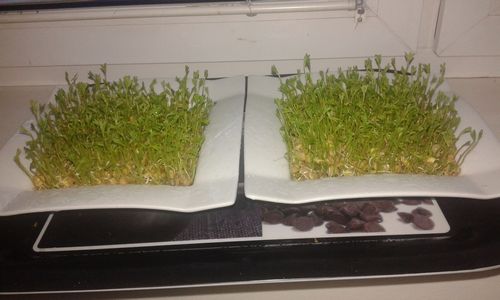Nowruz, also known as the Persian New Year, is a festive and meaningful celebration that has been observed by Iranians for thousands of years. The word “Nowruz” means “new day” in Persian, and the holiday marks the first day of the Persian calendar, which is based on the astronomical observations of the sun’s movements.

Nowruz has its roots in ancient Persia and is deeply connected to nature and the changing seasons. The holiday is celebrated on the spring equinox, which falls around March 20th or 21st each year, and marks the beginning of spring and the rebirth of nature. Nowruz is a time for renewal and growth, both in nature and in people’s lives.
The celebration of Nowruz involves a number of symbolic customs and rituals. One of the most important traditions is the Haft-Seen table, which is a spread of seven symbolic items that start with the Persian letter “seen”. These items represent different aspects of life and are thought to bring good luck and prosperity in the new year. Some of the items commonly included on the Haft-Seen table are sprouts (Sabzeh), garlic (Sir), coins (Sekkeh), and apples (Sib).
Nowruz is celebrated by Iranians and other communities around the world, and is a time for family gatherings, feasting, and gift-giving. The holiday is a reflection of Iran’s rich cultural heritage and traditions, and is a time for people to come together and celebrate their shared identity.
Sabzeh is one of the seven items of Haft sin and represents rebirth and growth.

To prepare Sabzeh, Iranians typically soak seeds of wheat, barley, lentils, or mung beans in water for several days until they start to sprout. The sprouts are then placed in a dish or tray and kept near a window where they can receive sunlight and continue to grow. On the day of Nowruz, the Sabzeh is usually placed on the Haft-Seen table along with other symbolic items such as coins, candles, and sweets.

Growing Sabzeh is not only a tradition for the Nowruz celebration, but it also represents the arrival of spring and the renewal of life. It is a beautiful and meaningful way to connect with nature and celebrate the beginning of a new year.
In addition to Sabzeh, there are other symbolic items that are traditionally included on the Haft-Seen table for Nowruz. Here are the seven items and their meanings:
- Sabzeh (sprouts) – represents rebirth and growth.
- Samanu (a sweet pudding made from wheat germ) – represents affluence.
- Senjed (dried Persian olive) – represents love.
- Sir (garlic) – represents health and medicine.
- Sib (apple) – represents beauty and health.
- Somagh (sumac) – represents the color of sunrise and the victory of good over evil.
- Serkeh (vinegar) – represents patience and age.

Other items that are commonly included on the Haft-Seen table include:
- Coins – represents wealth and prosperity.
- Mirror – represents reflection and self-reflection.
- Candles – represents enlightenment and happiness.
- Quran – represents faith and spirituality.
- Goldfish – represents life and movement.
- Hyacinth – represents beauty and love.
The Haft-Seen table is a beautiful and symbolic tradition that is celebrated by Iranians and other communities around the world. It is a reminder of the power of nature and the renewal of life that comes with the arrival of spring.

